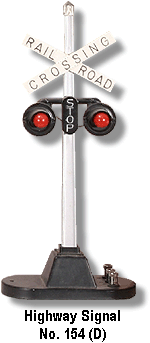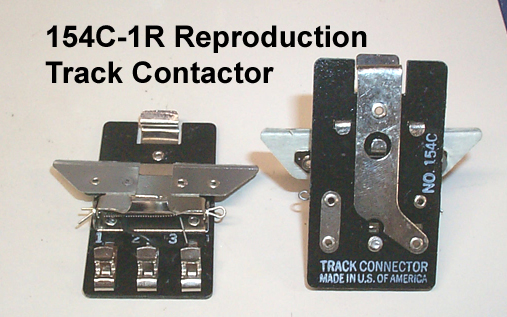Charles P. Bloom
i was not allowed to private message you, but I would like to hear more about circuits
To provide a little more information, I have a variety of crossing signals, including 5 154s, a couple of wig wag signals with the same three terminal wiring which mystified me, a few of the old Lionel crossing gaurds which could logically be placed with the 154 signals I also have several of the modern “scale” (smaller) Lionel signals Because of their Smaller size, I should consider using them at the back of the layout or on the second level However, I like their realistic appearance
My locomotives are all postwar, 3 steamers and a heavy Lackawanna Fairbanks Morse diesel Rolling stock includes the 64 series box cars I collected as a kid and a lot since Conventional power provided by a ZW and one or two smaller Lionel transformers In addition to the two main lines there will be a trolley and a smaller short hall train, each of which will have crossing on level two
the lower level which I’m finishing now has two mainlines. Near the front of the layout they run parallel. Two main crossing cross these parallel tracks. In actual measurements I have one foot of insulated track before and after each crossing with 26 inches of non insulated track between them A passing train will activate first one signal, and then while the fist is still flashing, activate the second These crossings are in a busy downtown section of the community.
So, talk to me about circuits
Don Baird








